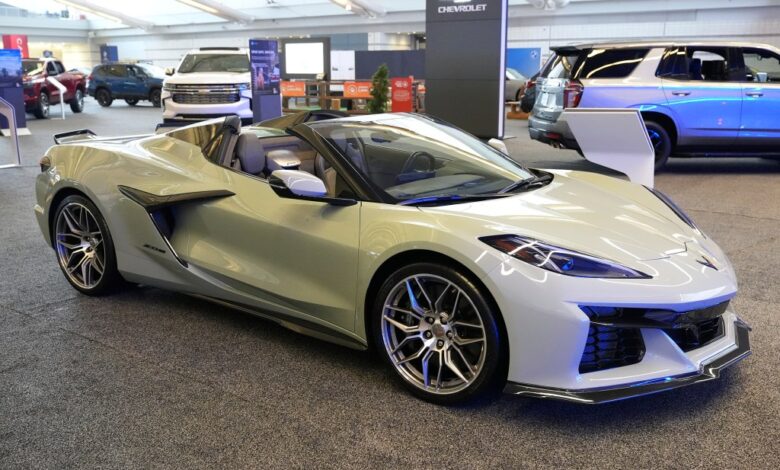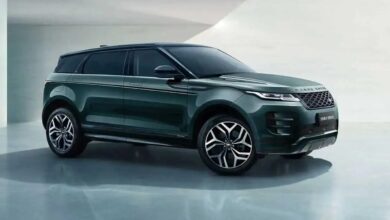Gas-powered cars can’t be beat for convenience

A 2024 Corvette Z06 Convertible 3LZ on display at last month’s Pittsburgh International Auto Show. (AP Photo/Gene J. Puskar)
One of Joe Biden’s notable digressions when getting deposed by Special Counsel Robert Hur was about driving his beloved 1967 Corvette Stingray convertible.
Which wasn’t surprising — the president genuinely loves his car. And why not? It’s a thing of beauty and, for its time, was a splendid feat of engineering.
A paradox of the Biden’s administration is that the old-school car enthusiast is — in the name of saving the planet — waging a war on the internal-combustion-engine cars that he so admires and that have helped define American life over the last 100 years.
The internal-combustion-engine automobile ranks as one of the modern world’s most transformative innovations. Prior to the advent of trains, travel by land was an absolute misery, even for the wealthy and privileged. Then, the car, in effect, took the train and put it in the hands of individuals.
It was a revolutionary leap ahead for personal freedom and mobility. It changed where we live (catalyzing the growth of the suburbs) and how we work (making it easier to commute). It obviously made it possible to go more places and gave rise to new types of businesses catering to a newly foot-loose population, including motels and fast-food restaurants.
The Biden administration’s push to get people into electric vehicles is running directly into the chief advantage of internal-combustion-engine cars, which is the sheer convenience.
One area of resistance to electric vehicles is “range anxiety,” or the fear that an electric vehicle will run out of its charge. That’s often exaggerated; electric cars have acquired more range now, and most people aren’t driving 300 miles in a single trip. Nevertheless, there are reasonable concerns about the ability to find a charging station and how long it will take to recharge compared to filling up at a gas station.
Gas stations already exist (about 145,000 of them with a million gas pumps), and no one had to subsidize their creation. Making charging stations available on a comparable scale will present formidable obstacles. As Mark Mills of the National Center for Energy Analytics points out in a paper on electric cars, transporting the large amounts of energy at the necessary scale using electric energy via wires and transformers is much more expensive than doing it with oil via pipelines and tanks. Equipping stations with the super-chargers necessary to make charging somewhat rapid — but still slower than gassing up — will require “a grid power demand comparable to a small town or steel mill.”
This isn’t to say electric cars aren’t attractive to some consumers, especially those with their own garages for overnight charging and with the resources to spend on a fun, interesting second or third car.
An all-electric-car future is very far off, though, and internal-combustion-engine automobiles aren’t embarrassing artifacts of the past. Their cost, convenience, reliability and size make them hugely appealing.
Joe Biden’s corvette is now an antique, but the basic technology is as important, and as incredibly user-friendly, as ever.
Rich Lowry is editor in chief of the National Review



